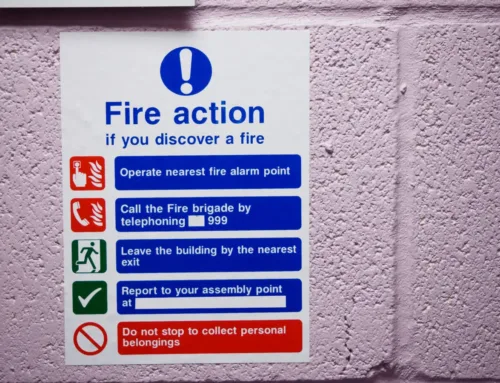In the winter months, flooding can be a real issue for many properties. Although bad weather cannot be stopped, there are steps that you can take to prepare for and mitigate the damage flooding may cause to your block.
Many often turn to the idea of using flood defences. If a property has faced flooding before, surely this will be the solution to turn to in the future? This is reasonable idea, but usually flood defences can only be implemented where the advantage of building them surpasses the financial cost.
Even with flood defences in place, these will not be able to offer much protection for extreme flooding.
What are the main causes of flooding in your area?
Simply enough, flooding is just excess of water. However, there are variety of reasons which contribute to this and it is useful to understand these when preparing your block.
- Excessive rainfall: This can cause waterways such as rivers, streams or ditches to fill up until the water level is above their flow capacity. The water then overflows the banks and causes the surrounding area to flood.
- Coastal storms: These are especially dangerous as they can be incredibly powerful. A strong storm can breach coastal flood defences and flood the surrounding area.
- Blocked/overloaded drainage: If drain systems or sewers become blocked, they can overflow onto roads, gardens and the surrounding property. Likewise, blocked sewers Sewage water is incredibly harmful, so care must be taken to prevent drain blockages.
- Excessive rain: In some cases, excessive rain can run down hills or slopes and cause landslides. Likewise, rain can soak into the ground and cause water levels to rise and flood.
Around 5% of homes in England are below 5m above sea level, even in large cities such as London and York.
You should assess how likely it is that a flood may occur.
Take into consideration the surrounding area and the weather forecast.
- Are there storms on the way? Will they be long-lasting?
- Is the property close to a water source, i.e. a river or lake?
- Is your property at the bottom of a hill or slope or in a place where water could collect?
- Is the property close to the sea and if so, is in an area which is at risk from coastal flooding?
- Is the property in an area which is at risk from groundwater flooding?
- Are there any coastal or river flooding defences in place to protect the surrounding properties? Do these work effectively?
- What is the history of flooding in your local area? (This will give you a reliable gauge on the damage to prepare for.
- If your area has a history of flooding, where did the floodwater come from? I.e. the river, the coast or a drainage system?
If you decide a flood may be likely, take some steps to prepare.
- Reduce the risk of flooding by making sure gutters are cleared regularly. You should also ensure that drainage systems are running properly and that there are no blockages.
- Keep a list of contacts to use in the event of a flood, such as the emergency services, your insurance company and your local council.
- Move your valuable items to a safe place out of reach of the potential flooding area.
- Know where to switch off your electric supply.
- Check your insurance cover protects your property against flood damage.
- Use sandbags or plastic coverings to prevent water coming in through doorways.
There are only so many steps you can feasibly take to prevent your home from flooding. In the worst-case scenario, you may have to make a claim on your insurance to repair any damage, which is why having an adequate policy in place is so important.







Leave A Comment